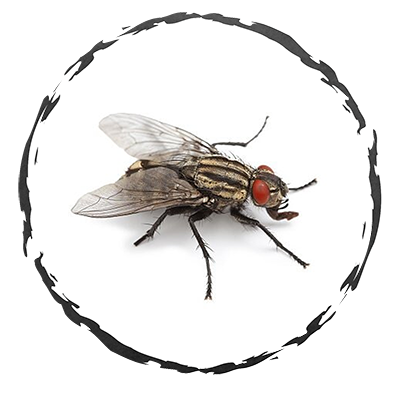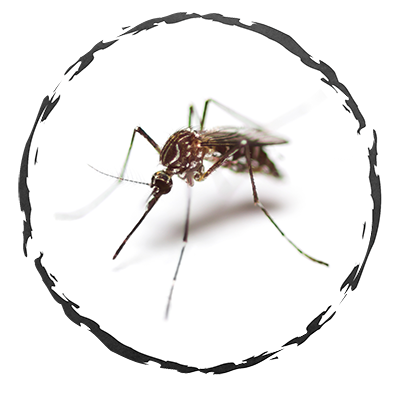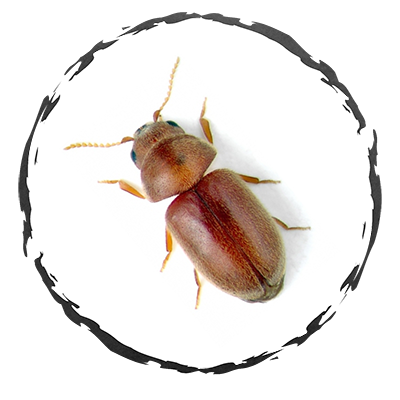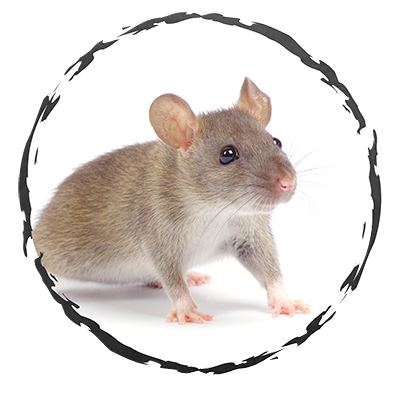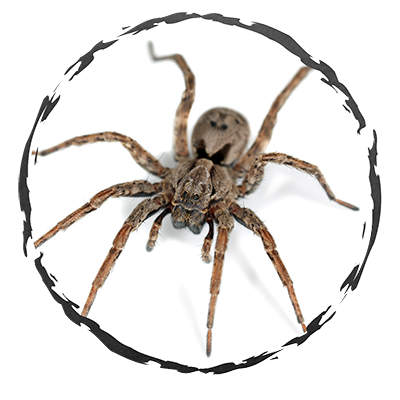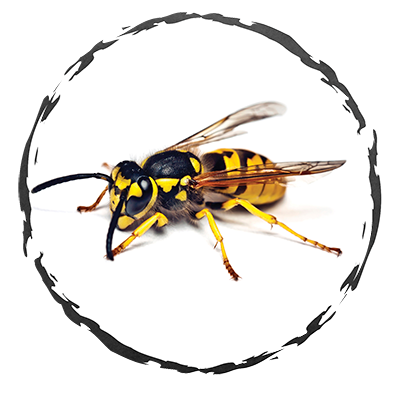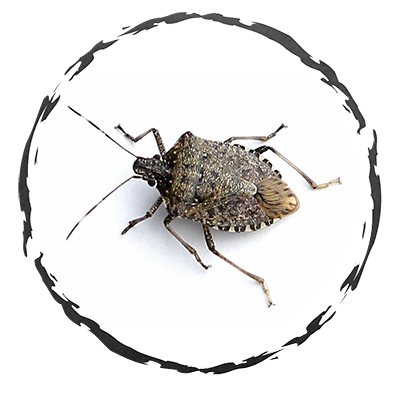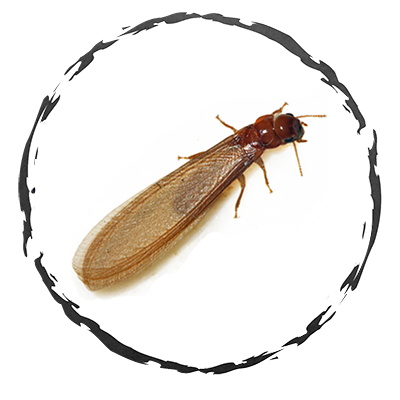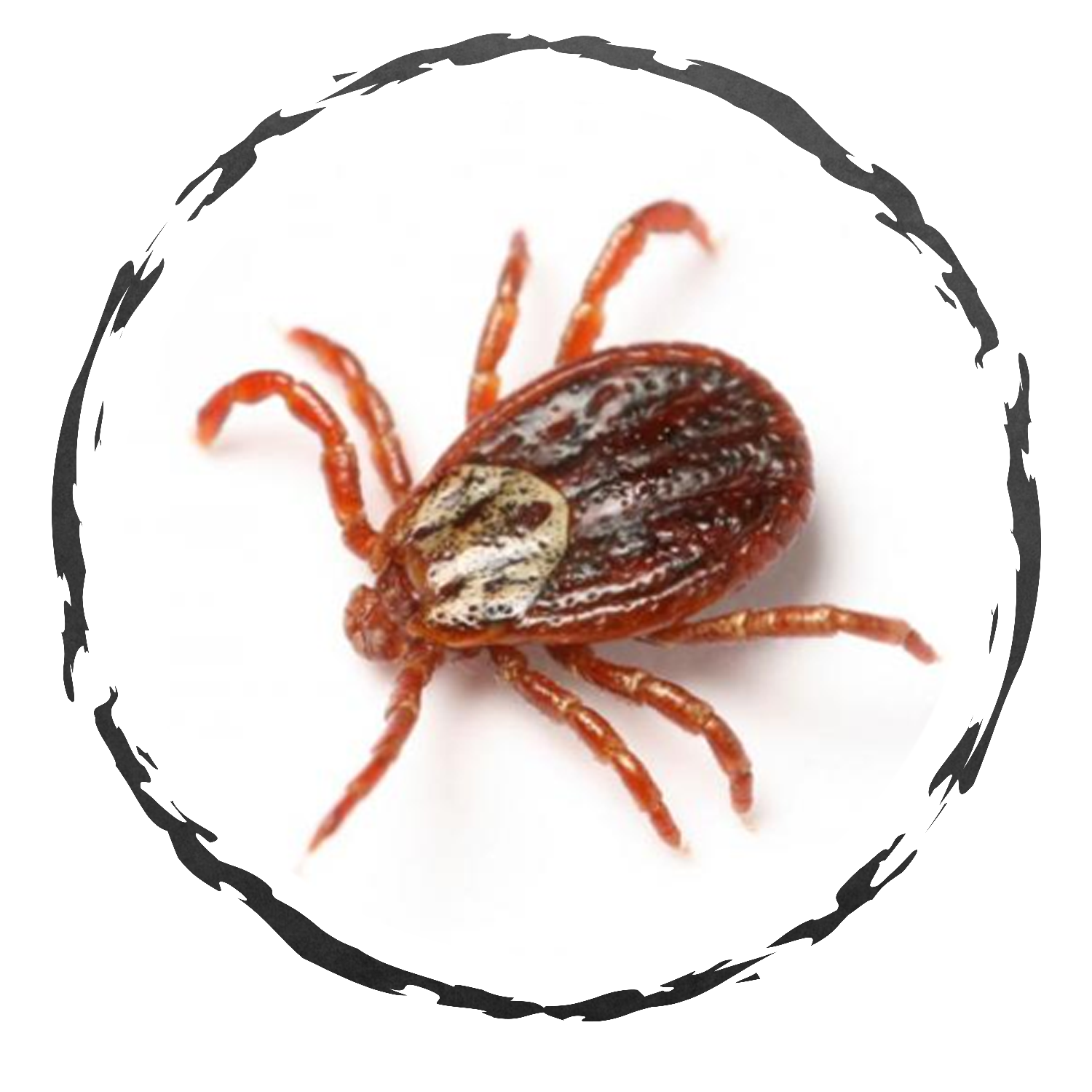Ants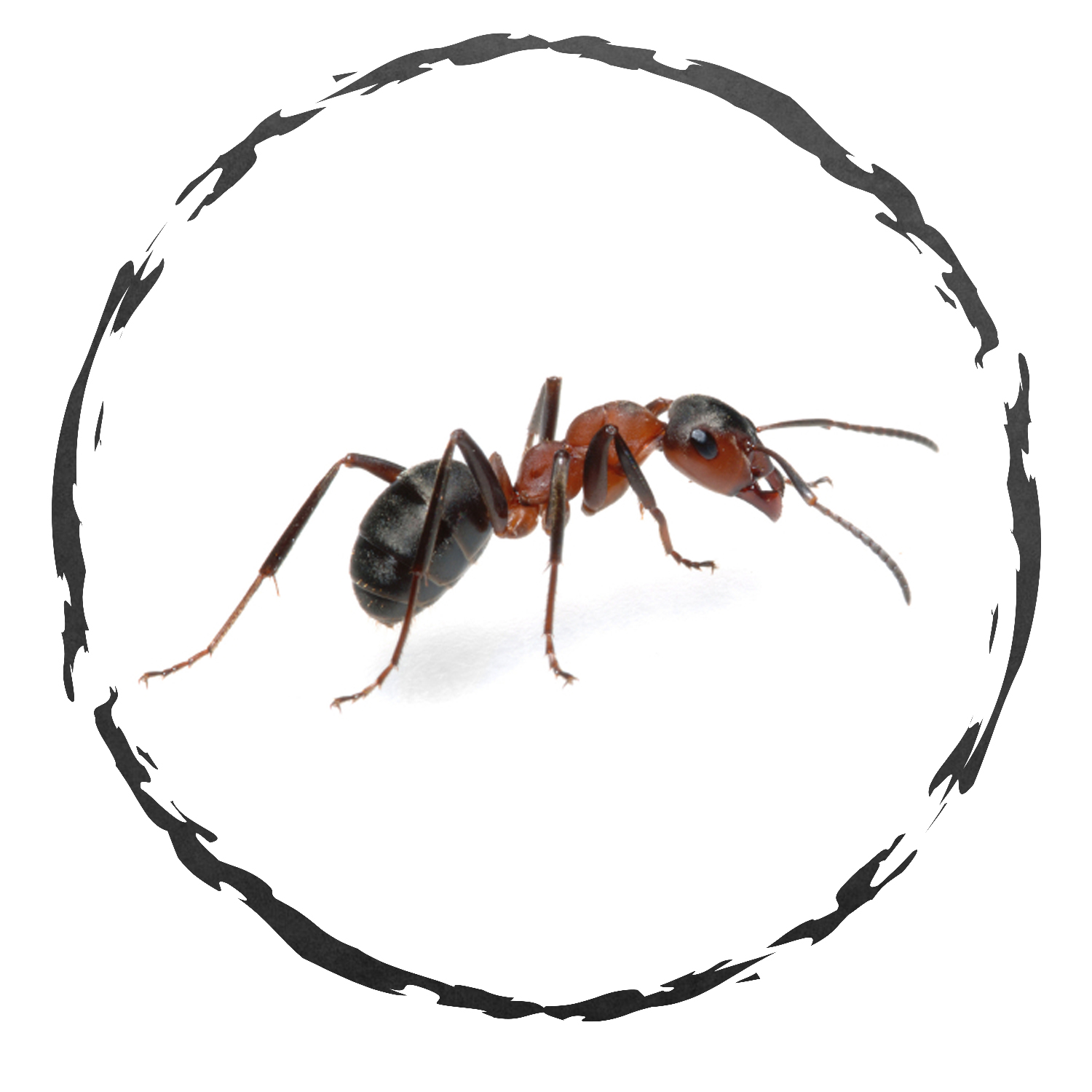
Some Ants are nothing more than a nuisance pest, while others can cause significant property damage. Determining the type of ants you may be experiencing is the most important step in developing a long term control strategy.
Over-the-counter ant control products rarely produce anything more than temporary relief, so it is best to call a professional to rectify the issue in the long term.
In the Northeast we commonly experience Carpenter Ants, Field Ants, Pavement Ants, Pharaoh Ants, Black Ants, Yellow Ants, Acrobat Ants, Odorous House Ants and more.
Treatment Options
We have been dealing with these common pests since we began in 1986. This has helped us to develop proven control strategies using baits, gels, residuals and other reduced material methods that provide complete control with minimal exposure to structure occupants and the environment.
Our ant control services start with a detailed property inspection to reveal species identification and possible infestation causes. We will provide you with expert consultation to help identify possible environmental causes of current ant activity and reduce future ant infestation.
Treatment strategies will be developed at this time along with recommended follow up services for long term control. These details, as well as an inventory of materials used on your property will be outlined on your work order and service agreement.
Your service technician will schedule follow up services to monitor treatment effectiveness. Upon successful ant elimination your technician may recommend long term control strategies such as exterior perimeter treatments and/or baiting programs.
Carpenter Ants
Biology: The usual habitat of a colony of carpenter ants is within wood, often wood buried or partially buried in the soil. They also commonly establish “satellite” colonies that may be in a structure, maintaining contact between the two colonies with the workers who travel to and from over well-defined trails. Generally there is a single queen in the colony but often supplementary queens as well. Colonies typically are around 15,000 workers when mature, but potentially could be over 100,000 workers. Foods are both carbohydrates and protein, with insects a major part of the diet. These are single-node ants without a stinger, although they are capable of biting. As they expand their colony they eject “frass”, which is wood chips and other debris such as leftover insect parts. This frass is often seen in structures before the ants are, as they are primarily nocturnal in habit. Carpenter ants are also typically polymorphic, meaning there may be various sizes of workers in the colony.
Identification: Worker ants are easily identified by the single, large node and the evenly rounded profile of the top of the thorax. It has no dips or spines on it, but is an even, curved line from front to back. There is a circular fringe of hairs around the anal opening and the antennae have 12 segments. Colors range from tan to black to reddish to orange to black/red combinations. Workers vary from 6 to 13 mm in length.
Control: Finding and treating directly into the nest with a residual insecticide will result in effective kill of the ants there, and a dust insecticide may be most effective. Satellite colonies in structures may be treated directly, or with applications into voids the ants travel through. Bait products may be applied and accepted readily as well. Reduction of excessive moisture in the structure and removal of unnecessary wood materials outdoors will reduce the attraction of an area.
Our ant control services start with a detailed property inspection to reveal species identification and possible infestation causes. We will provide you with expert consultation to help identify possible environmental causes of current ant activity and reduce future ant infestation.
Carpenter Ant Treatment
Treatment strategies will be developed at this time along with recommended follow up services for long term control. These details, as well as an inventory of materials used on your property will be outlined on your work order and service agreement.
Your service technician will schedule follow up services to monitor treatment effectiveness. Upon successful ant elimination your technician may recommend long term control strategies such as exterior perimeter treatments and/or baiting programs.

.png)

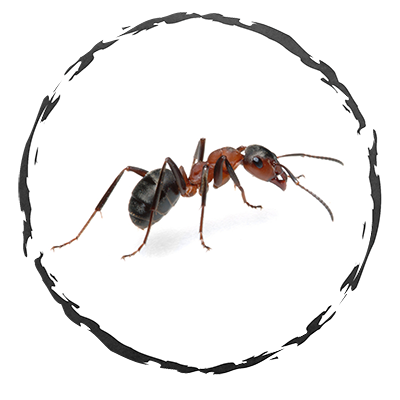
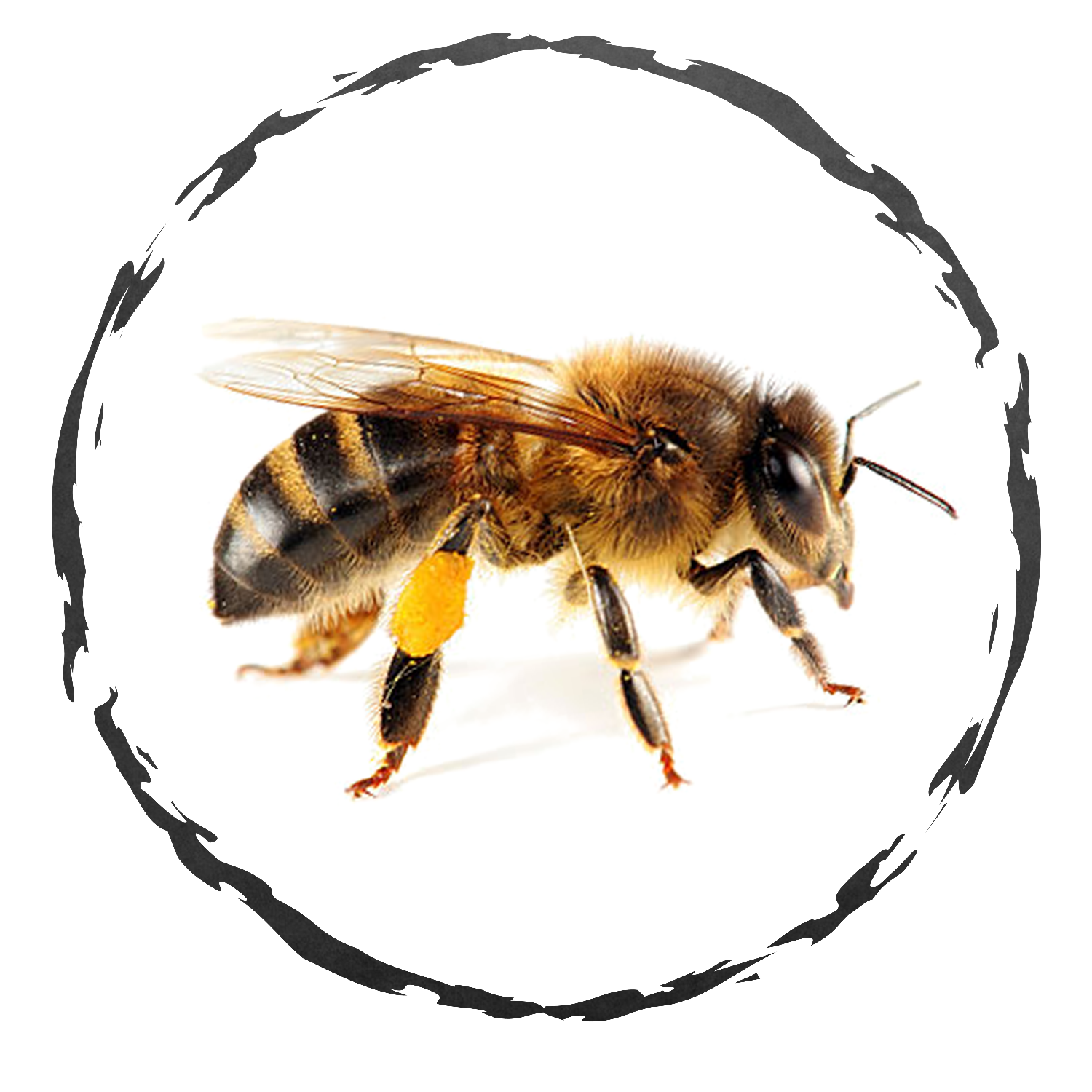
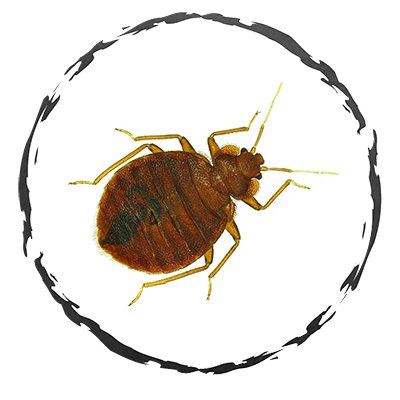

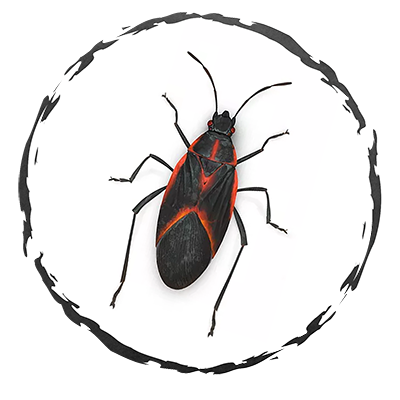
.png)
.png)
